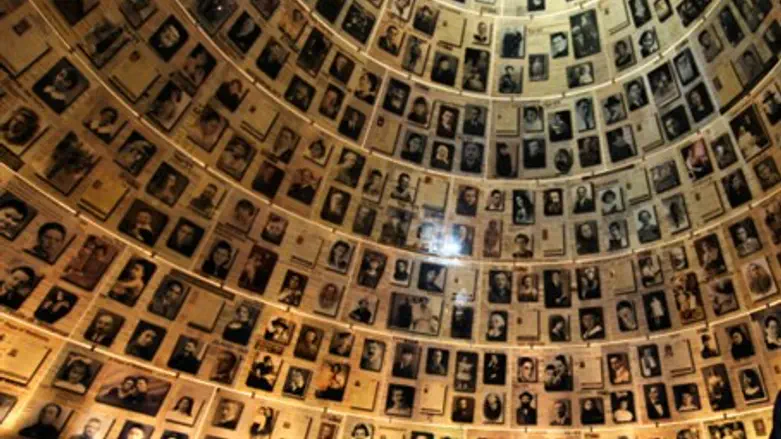
The Knesset Science and Technology Committee discussed on Tuesday a new project that will allow for easier access to pictures, testimonies and files about Holocaust survivors.
Committee Chairperson MK Uri Maklev (UTJ) said that there is a responsibility, both to the living and to the dead, to provide easy access to the testimony of Holocaust survivors. The project, which is being co-developed by HP and Yad Vashem, is a monumental project that shows how we can weave together the advancements in technology and the commemoration of the Holocaust and Jewish history.
Dr. Haim Gartner, who has been the Director of the Yad Vashem Archives Division since 2008, said that in the archives of Yad Vashem over 127,500 testimonies of Holocaust survivors are housed. The testimonies are in 41 languages. In addition to the testimonies are 190 million documents, 480,000 photos, 30,000 items that belonged to victims, and 10,000 works of art. "The voice of a survivor has a lot of weight which is incomparable to any written word. Yad Vashem works on gathering, preserving and making the material accessible to the public. The challenge is to collect all of the testimonies and present them to the public," said Gartner.
Gartner noted that the task is quite cumbersome as the length of the testimony itself can be prohibitive. "Each testimony is three hours in length. We have been working to make a short synopsis of each testimony that lasts only a few minutes. Technology is helping us do this and making the testimonies more accessible to the public. At the current rate of work, we will hopefully be finished scanning and uploading all of the testimonies and written documents in four years time."
Vice President and head of development for HP Raphael Margaliot said that the challenge of making this work accessible to the next generation will be solved by using a variety of different technology based ideas such as a search engine app through which people will be able to search all of the files at Yad Vashem. Technology can provide quick access to the locations in which the events of the Holocaust took place as well as to the stories of the survivors and the victims.
Head of development laboratory at HP Dr. Ruth Berman said that the new app will provide information to the users in a variety of different types of media. It will include: photographs, text, audio, video, and search options for specific testimonies or locations in which events transpired.